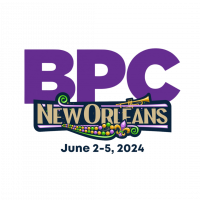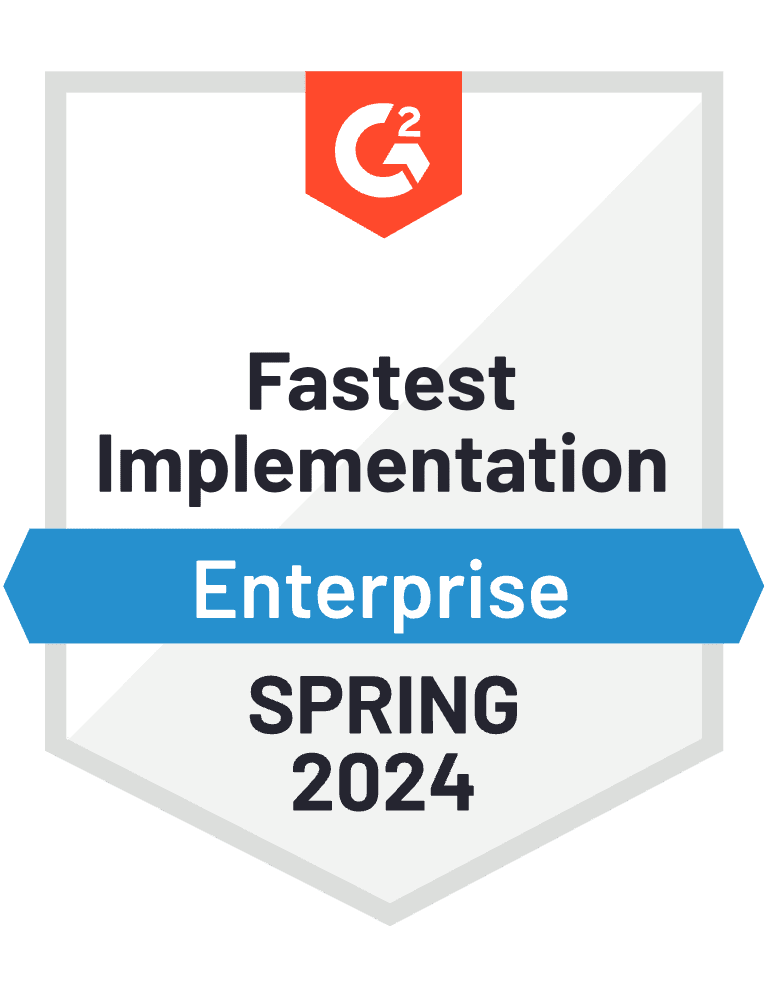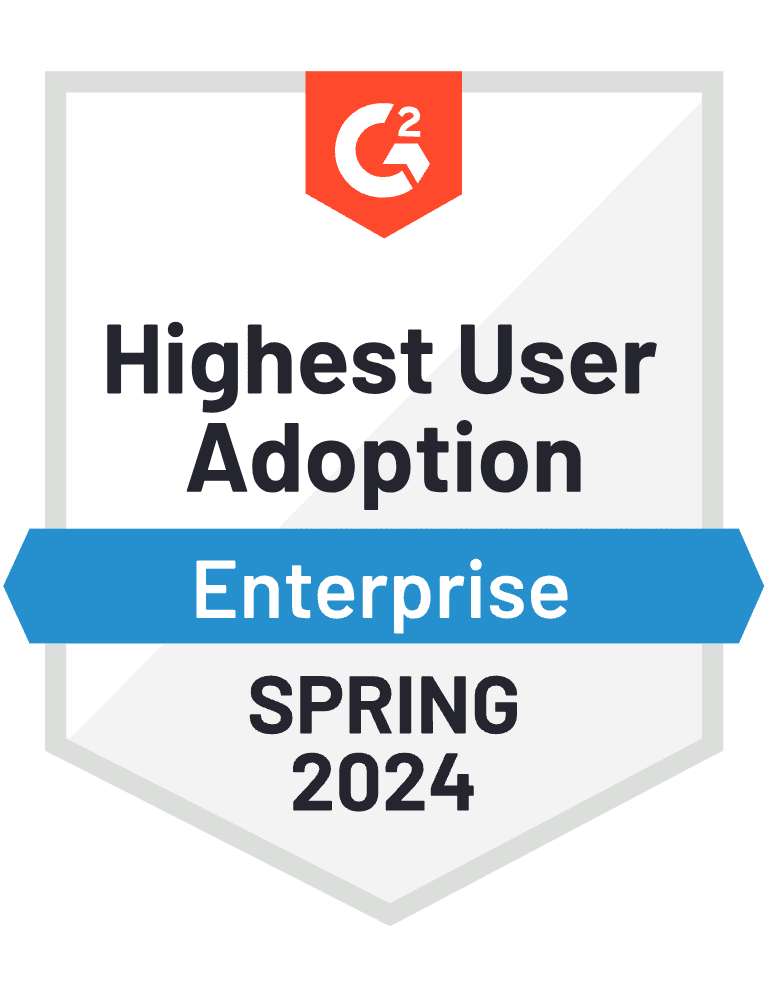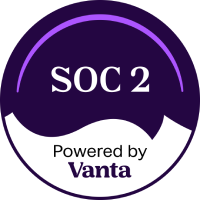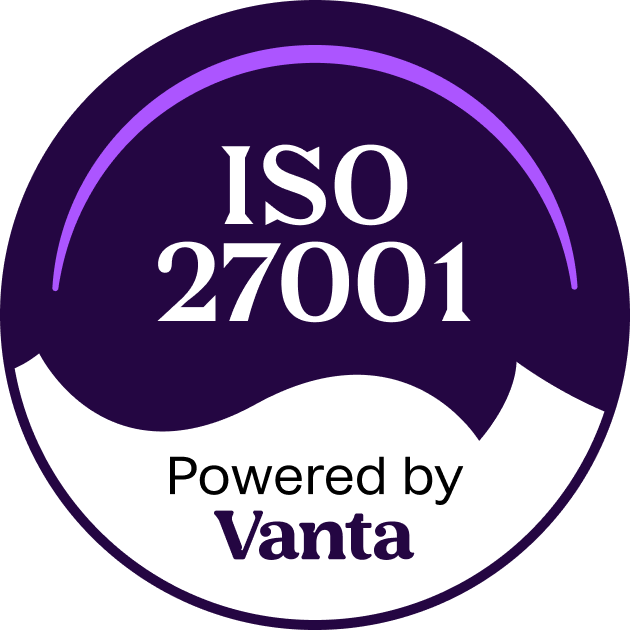Has this ever happened to you? An RFP is submitted and the RFP team immediately starts working on it, only to find out after the first draft is complete that the product team doesn’t believe you qualify.
Or, an RFP comes across your desk on Monday (that was posted two weeks ago), it’s due Wednesday, and you have to disrupt the entire RFP team to complete it as quickly as possible.
Or, your company responds to as many RFPs as possible, but aren’t winning many.
Chances are, these scenarios are all too familiar. In this piece, we will explore ideas for vetting RFPs to appropriately align resources, submit more impactful responses, and convert more wins.
Qualifying RFPs
One of the most common misconceptions in the RFP world is assuming that submitting more RFPs equates to winning more RFPs. This strategy is problematic and unscalable — time and resources are depleted completing unqualified RFPs, which deteriorates bid quality across the board and detracts from focusing on more desirable deals that you’re more likely to close.
Our hope is that this guidance will help you take a more strategic approach to qualifying the RFPs you pursue and provide justification for those decisions, backing them up with a well-documented, consistent process.
ESTABLISH EXPECTATIONS
The first step is to establish general RFP expectations with your sales team to focus their efforts on your current sales strategy. Salespeople naturally want to go after as many deals as possible; it’s not easy to be brutally honest about assessing whether an opportunity is worth chasing. But in reality, not every RFP deserves a response. Obviously, every company is different and strategy shifts over time, but here are a few fundamental strategic questions to set a baseline with your sales team:
- Are you prioritizing certain strategies over others at this point in time?
- Are you targeting specific customer types or geographies?
- Is there an asset range you will or will not pursue?
ACQUIRE RFP REQUIREMENTS & DOCUMENTS
A best practice would then be to create a centralized intake process that stipulates all the information and documentation required to initiate the qualification process, as well as identify the stakeholders involved in decision making (e.g., head of sales, portfolio managers, operations). The information gleaned in this step of the process is not just busy work — it will establish a foundation for your bid response strategy. Developing a scoring system (e.g., 1-5 scale) will help you calculate if the deal is worth it. If you aren’t scoring 4s and 5s on most categories, your chances of winning the deal are low.
So how do you determine if the deal is worth pursuing? In addition to asking for basic bid details such as key dates, proposed strategy, mandate amount, etc., ask your sales team to answer a few strategic questions to gauge confidence level. We’ve provided some examples below, but only select a few to foster sales staff adoption — you don’t want them to feel like the intake process is impeding progress.
- Is it a blind RFP with a lower probability of winning?
- Were a select few invited to respond or was it broadly distributed to anybody who wanted it?
- What is the likelihood of competing?
- Who is the incumbent and how motivated are they to change managers?
- Who are the competitors?
- Is this a strategic account and could it earn you access, visibility or a chance at future work?
- Have you done a similar project before and do you have the references to show for it?
- How strong is your relationship with them, have you worked with them before, and do you have a champion in a decision-making role?
- Is the RFP for new business, expanding business or retaining business?
- If issued by a consultant, what is your rating level and have they awarded you business in the last five years?
- Are there any red flags/areas of concern (e.g., tricky terms and conditions, operational execution issues, custom requirements)?
FIND YOUR COMPETITIVE EDGE
Next, ask a few questions to determine your competitive edge. Some examples include:
- Do you meet the minimum qualifications?
- Do you know the decision criteria and will you score well?
- What’s driving this RFP? What are their pain points?
- What goals are their highest priority?
- Are you able to have a conversation with a decision maker prior to beginning the proposal to get more information and confirm alignment with their scope?
- Is your solution competitive on customer support, operations, technology, price, track record, alignment with goals, etc.?
- What’s your value proposition?
To facilitate this process, you may choose to use a Word document that is emailed to a distribution list, or you can take a more formal approach by creating a form using a tool such as your CRM platform. Using a CRM system that integrates with RocketDocs, would further streamline the intake process and ensure the response team is in the loop from the start. With the required information and documentation in hand, you can make a more informed decision, factoring in other RFPs in the queue and resource availability, especially in those rush scenarios.
COMPLETE THE PROCESS
Once approved, it’s an easy transition into building consensus on the timeline and response strategy among the various stakeholders involved in executing the bid response.
If an RFP is not approved, that doesn’t necessarily mean it’s the end of the line. If it’s a relationship you want to further develop, consider sending a thoughtfully crafted letter explaining your rationale for not responding and suggesting a creative alternative to their business problem, attempting to redefine the engagement in a way that you can win. You never know, you could be given another opportunity in the future if the opportunity is canceled, delayed, or redefined. Knowing how to graciously say no could be better than chasing business you’re not likely to win and submitting an RFP that could reflect poorly on your business.
We’ve created a PDF Guide: Only Chase Business You Can Win.
Streamlining The Qualification Process with RocketDocs
With a solid qualification process in place, the RFP team is equipped with a qualified RFP, a roadmap for its strategic approach and value proposition, and stakeholder consensus. Now your RFP team can go to work on a highly thought out and competitive bid using RocketDocs 2.0. With the time saved with the RocketDocs AI-search capabilities, project management automation, approver workflows, and project packaging, the team will have more time than ever to create a winning strategic response. Not only that, leveraging system data to analyze wins and losses will help you prioritize future bid responses based on those that have the highest propensity to win.
We have given you a lot to think about when it comes to vetting your RFPs. We hope this inspires you to engage with your sales and RFP teams to devise a strategic qualification process that works best for you. They key is having a consistent, documented process that aligns your sales strategy with RFP viability…which ultimately leads to time and resource efficiencies, more impactful responses, and increased win conversions! Implementing these best practices will help you land bigger, better, faster wins.
NEED HELP?
RocketDocs specializes in enhancing organization’s RFP processes. Learn how RocketDocs can help save time, improve results, and driving revenue.




